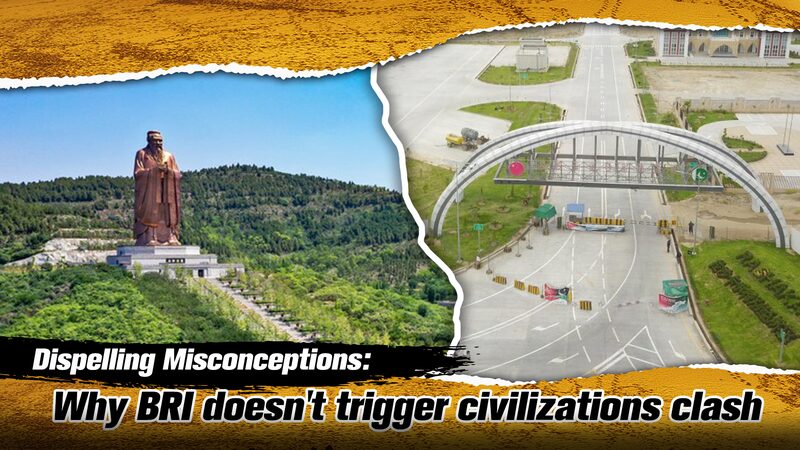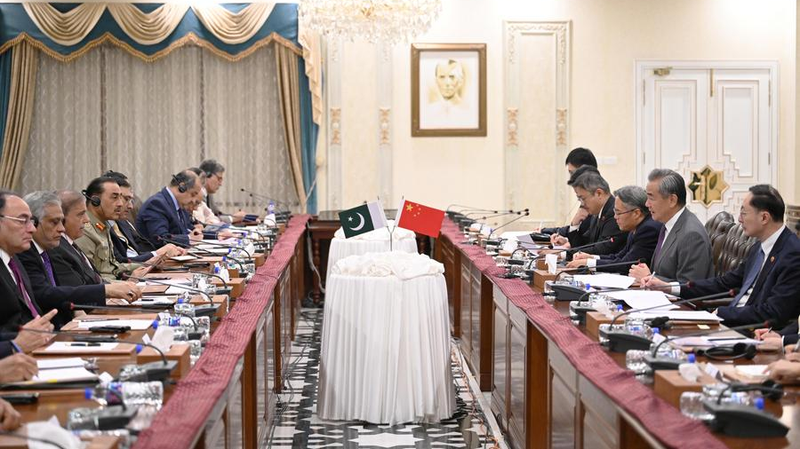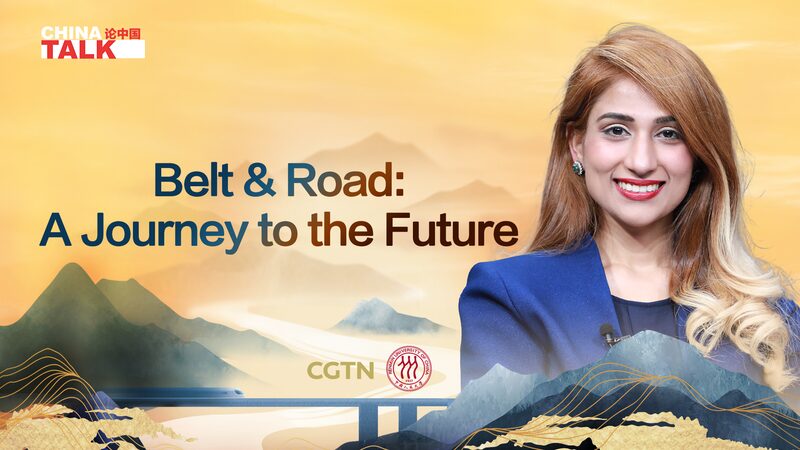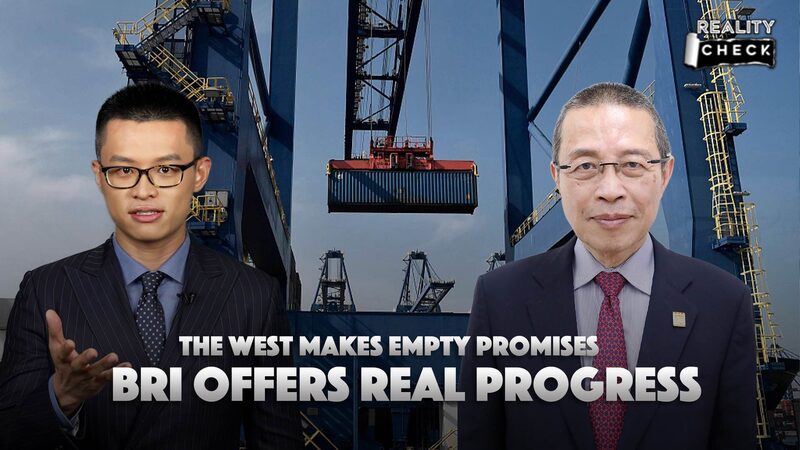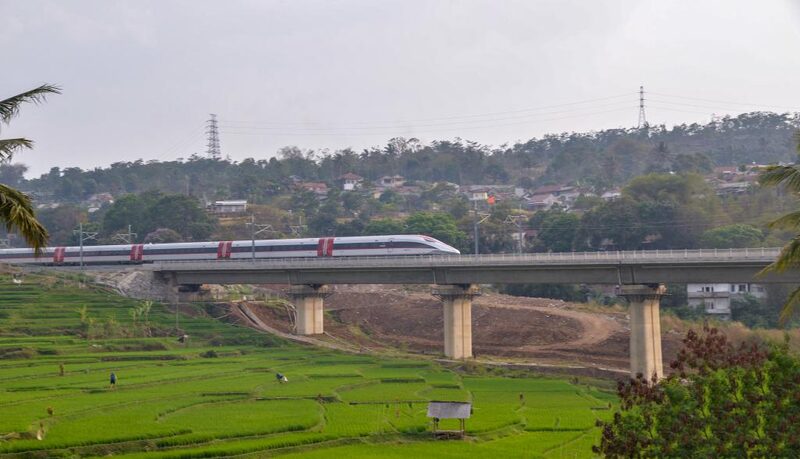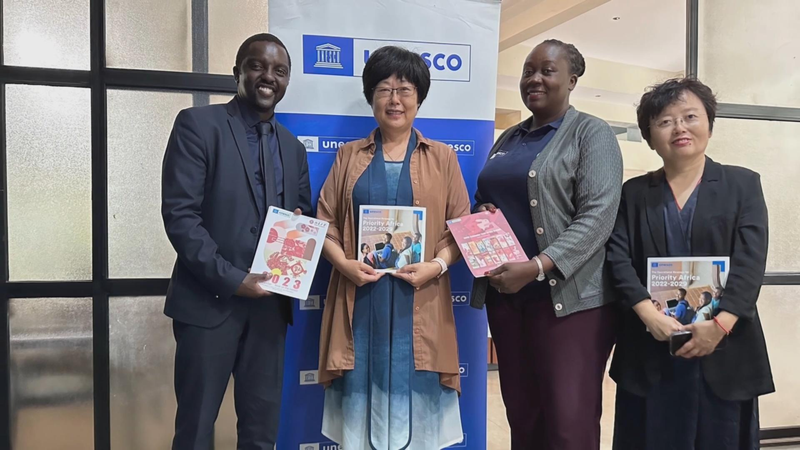When China launched the Belt and Road Initiative (BRI), skeptics wondered: What’s in it for everyday people? In Pakistan, the answer is unfolding through the China-Pakistan Economic Corridor (CPEC) — and it’s reshaping lives from classrooms to farmlands.
📚 Girls’ Education Takes Flight
CPEC-funded schools and scholarships are breaking barriers for girls in rural Pakistan. More families now prioritize education, with daughters gaining access to STEM programs and vocational training. \"My parents never imagined I’d study engineering,\" shares Ayesha, 17, from Gwadar. \"Now I’m building apps to help fishermen track weather patterns.\"
🌾 Farmers Reap New Opportunities
New highways and cold storage facilities are connecting remote farms to urban markets. Wheat farmer Hassan Ali used to lose 40% of his crop to spoilage. \"Now I sell directly to Karachi supermarkets,\" he says, tripling his income. CPEC’s agritech partnerships are also introducing drought-resistant crops — a game-changer for climate-vulnerable regions.
👩💼 Women Powering the Workforce
From solar panel technicians to logistics managers, CPEC projects have created over 200,000 jobs for Pakistani women since 2015. Lahore-based Sana Khan, who leads a team maintaining CPEC wind turbines, puts it simply: \"This isn’t just work — it’s proving we belong in every field.\"
While challenges remain, the BRI’s human-centric impact shows globalization isn’t just about trade deals — it’s about changing life trajectories. 🌍💡
Reference(s):
cgtn.com
